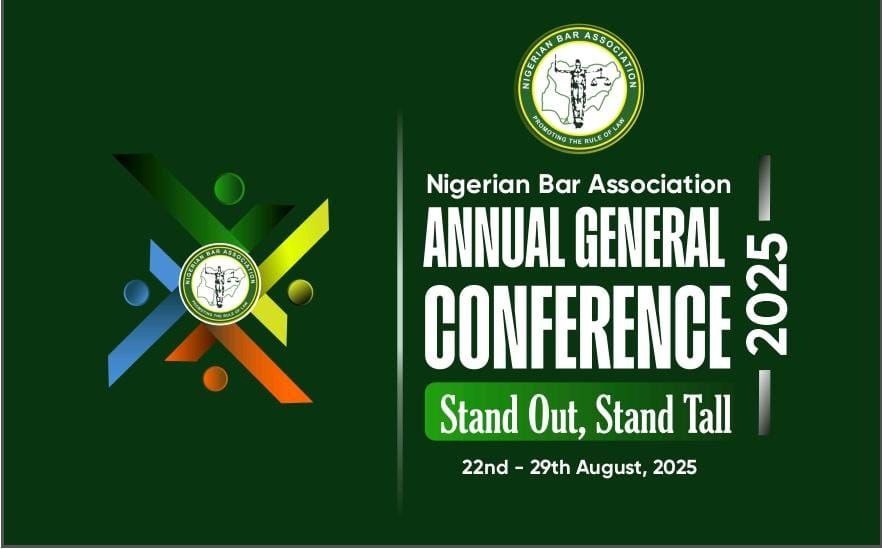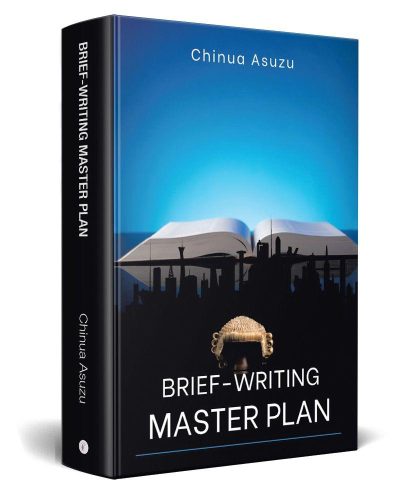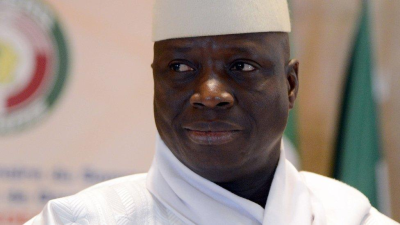Your theory of the case is your version, as an attorney, of what really happened between the parties. It’s your legal interpretation of the events. It’s your rhetorical spin on what happened between the disputants. It’s the basic concept around which everything else (fact, law, evidence) revolves, from your client’s perspective.
Your theory of the case is a tool for interpreting the dispute in your client’s favor. It unifies the facts and argument sections of your brief into one sound macro-proposition. It turns the client’s story into a legally cognizable problem solvable in the client’s favor.
With your theory of the case, you’re saying, “If our factual narrative is true, if our evidence is believed, and if our legal argument (our application of the law to the facts) is sound, then we win.”
To be sufficient, a theory of the case must be believable, consistent, and plausible. It should be strong enough to stand on its own feet. It shouldn’t rest mostly or solely on the fragility of the opponent’s theory or of any alternative theory.

Good advocates never lie—they propound theories of the case. A theory of the case is a story consistent with the evidence and favorable to your side. To lie is cheap; to construct a case theory requires imagination. A theory of the case is the optimistic or favorable legal interpretation an attorney places on the facts, good and bad.
“Advocacy is not the fine art of lying and getting away with it. It is not the art of distortion and obfuscation. … The skill of the story means telling a true story grounded in the facts and telling it in an advantageous manner.” Michael D. Murray & Christy H DeSanctis, Advanced Legal Writing and Oral Advocacy: Trials, Appeals, and Moot Court, 2nd ed. (Foundation Press, 2014), 122.
You should explain to the court why the events took place even if you’re not required to do so by adjectival law or evidentiary onus. In criminal prosecution, a theory of the case can so lend coherence to the disparate incidents of circumstantial evidence as to make that evidence compelling.
In all litigation, a theory of the case can so harmonize your version of any disputed facts with proved and admitted facts as to make your version compelling. When your version of the facts that remain disputed at the end of trial is more harmonious with the admitted and proved facts than your opponent’s, you’re on a speed train to victory.
From Chinua Asuzu, Brief-Writing Master Plan (Partridge, 2022), 17–22.

READ MORE:
Chinua Asuzu: Craft Arguments That Win Cases
Avoid Vague Writing: Abstracts Should Be Clear and Concrete
Humanize Your Briefs: Use Real Party Names, Not Legalese










